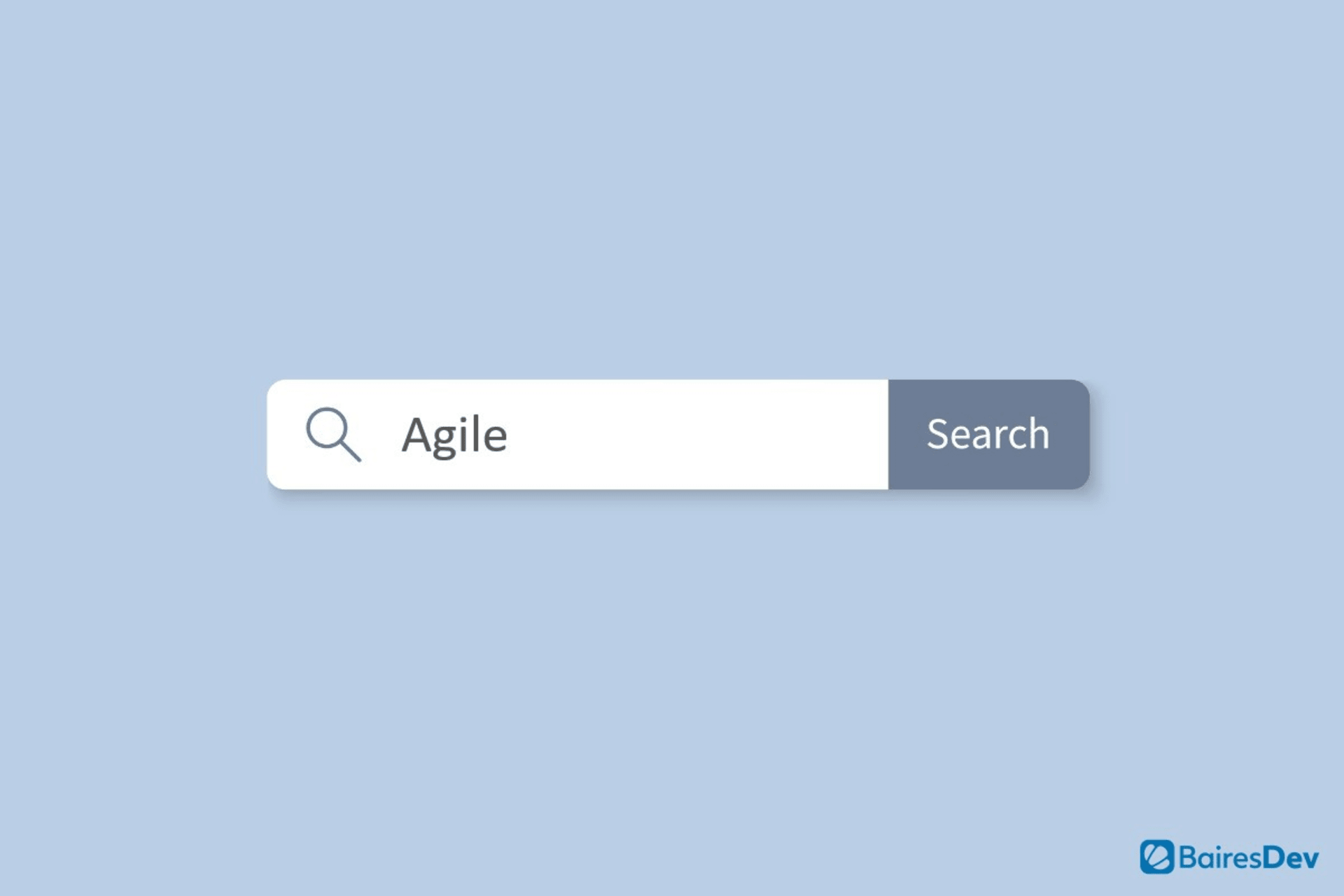According to Merriam Webster, the word agile has 2 different meanings:
- Marked by a ready ability to move with quick easy grace, i.e. an agile dancer.
- Having a quick resourceful and adaptable character, i.e. an agile mind.
When it comes to software development, both of those definitions certainly apply, but they aren’t exactly a complete picture of what it means to be agile.
So, what does it mean? Believe it or not, it’s not terribly complex in definition, but to turn a company into one that’s agile does take some work. But before that first minute of work begins, it’s important that you understand what being agile is for a business.
Yes, it’s being able to move quickly and easily. Yes, it means having an adaptable character and the ability to think on your toes. But it’s so much more than that. In fact, there already is a manifesto for agile and it includes points like these:
- Prioritizing the satisfaction of the customer.
- Welcoming changing requirements (even in later development stages).
- Delivering working software frequently.
- Inter-departmental collaboration.
- Building projects around motivated individuals.
- Giving your developers the environment and support they need. Trusting your developers will get the job done.
- Placing a priority on face-to-face conversations.
- Working software is the main measure of success.
- Sustainable development.
- Maintaining a consistent pace.
- Attention to technical excellence and good design.
- Simplicity.
- Self-organized teams.
- Regular reflection on how to become more effective.
At its heart, agile is all about teamwork and employing the necessary tools and environments that make it possible for dev teams to not only function efficiently but work together with other departments to create a seamless workflow between teams.
Along those same lines, it’s important that teams and organizations be willing to bend the rules when they stand in the way of an efficient workflow. Being agile is all about individuals and interactions, working software, customer collaboration, and responding to changes. It’s a methodology that can help redefine how your company functions in an ever-changing and demanding world.
Why is Agile Important?
In today’s world of business, the competition is as fierce as it has ever been. Companies are growing at incredible rates and workflows must become vastly superior to what they once were just to keep up.
And because of the continued supply chain problems that are plaguing the globe, every business must function at peak efficiency, otherwise, they become just another weak link in the chain.
The good news is that there is no one way to become agile. In fact, evolving into an agile company is wholly unique to how your business functions. As long as you adopt the basic principles of agile, how you get there is totally up to you.
How Do You Become Agile?
This is probably the most important question you can ask of your business at the moment. The answer to the question can be boiled down to these 5 ideas:
- Always work on the most important task first.
- Always embrace change.
- Always be innovative and competitive.
- Always focus on direct communication with human beings.
- Always be able to demonstrate a working product or service instead of merely talking about what has to be done.
In a word, to be agile your developers must always be active and have working products at any given stage of the process.
If, however, you need more tangible methodologies, here’s a very concise shortlist of things your teams should focus on.
Stand-up meetings
These are short, daily meetings that focus on “What I did yesterday,” “What I’m doing today,” and “What are my roadblocks?”.
Retrospectives
These are short meetings that serve as regular post-mortems during the software development lifecycle.
Quality and prioritizing
Use the MoSCoW technique of requirements that Must be included, requirements that Should be included, requirements that Could be included, and requirements that Won’t be included).
In the Loop
Keeping all stakeholders in the loop with every aspect of the workflow and making sure they are responsible, accountable, consulted, and informed.
Planning Walls
These can be kanban or scrum boards (or both) that keep your project moving forward and make it easy to visualize progress.
Collaboration is Key
Above all, the single most important aspect to becoming agile is that of collaboration. Although you might already have a development team that works well together, you have to ask yourself if they function well with other departments.
Becoming agile means more stakeholders are at play (beyond just developers), so your software engineers need to reach beyond their silo and be capable of collaborating with IT, operations, HR, marketing, design, and management.
Conclusion
Agile isn’t a buzzword that’s going to go away. This concept has become crucial to modern-day businesses looking to not only remain competitive but deliver solid products to customers on time and regularly.
Once your development workflow becomes agile, you’ll find everything works smoother and that refined process will help your teams deliver faster and more reliably.






